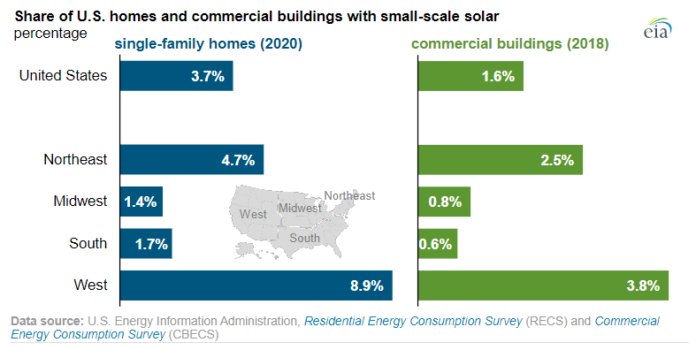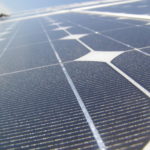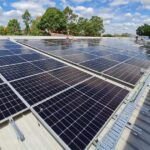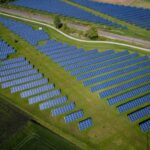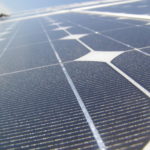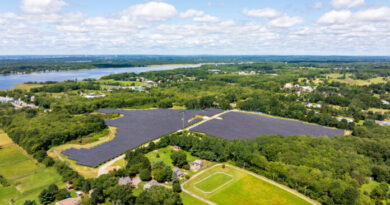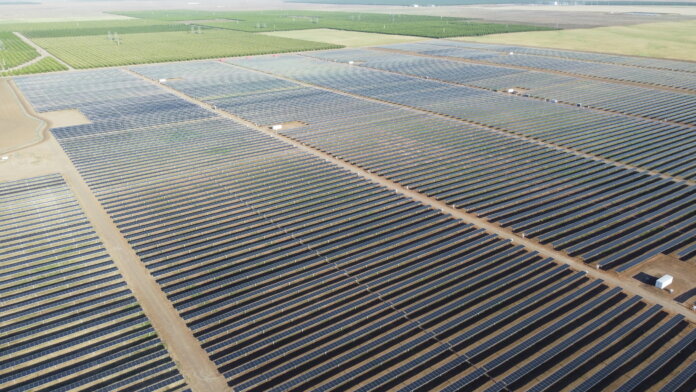Homes in the West, Northeast Represent Largest Share of Small-Scale Solar
In 2020, 3.7% of U.S. single-family homes, including mobile homes, generated electricity from small-scale solar systems (solar panels installed on a home or building), according to the U.S. Energy Information Administration’s (EIA) 2020 Residential Energy Consumption Survey (RECS).
In 2018, 1.6% of U.S. commercial buildings had small-scale solar generation, according to EIA’s 2018 Commercial Energy Consumption Survey (CBECS).
The presence of small-scale solar generation varied by a number of characteristics. Some of the largest differences were based on region. The West Census Region, where 8.9% of single-family homes (2020 data) had small-scale solar generation, had the highest percentage of homes with small-scale solar generation, mostly in California. Of commercial buildings in the West, 3.8% (48,000) had small-scale solar generation (2018 data).
The Northeast Census Region had the second-largest percentage of homes with small-scale solar generation at 4.7% (2020 data). Similarly, for commercial buildings, 2.5% (20,000) had small-scale solar generation (2018 data). These two regions generally have had policies and incentives that have fostered growth of small-scale solar.
The presence of small-scale solar among homes and commercial buildings also differed by year of construction; homes and commercial buildings built in 1980 or later were more likely to have solar than those built before 1980. Homes that were owner-occupied were more likely to have small-scale solar generation than rented homes. In addition, 5.7% of households with incomes of more than $150,000 had small-scale solar generation, compared with 1.1% of households with incomes less than $20,000.
For commercial buildings, government-owned buildings were more likely to have small-scale solar generation than nongovernment-owned buildings. Buildings used for public assembly, education, office space or retail accounted for 61% of all commercial buildings that reported having small-scale solar generation.
CBECS is the only nationally representative source of information on commercial building energy consumption. EIA collected 2018 CBECS data from 6,436 buildings. EIA released preliminary CBECS energy consumption estimates in September 2022, and will release final CBECS data in December 2022. RECS collects information on energy use in primary, occupied housing units.
EIA collected 2020 RECS household energy-use data from 18,496 households, which is the largest responding sample in the program’s history. For the first time, RECS data are available at the state level for all 50 states and the District of Columbia.
Original Source: https://solarindustrymag.com/west-and-northeast-homes-buildings-form-largest-share-of-small-scale-solar

